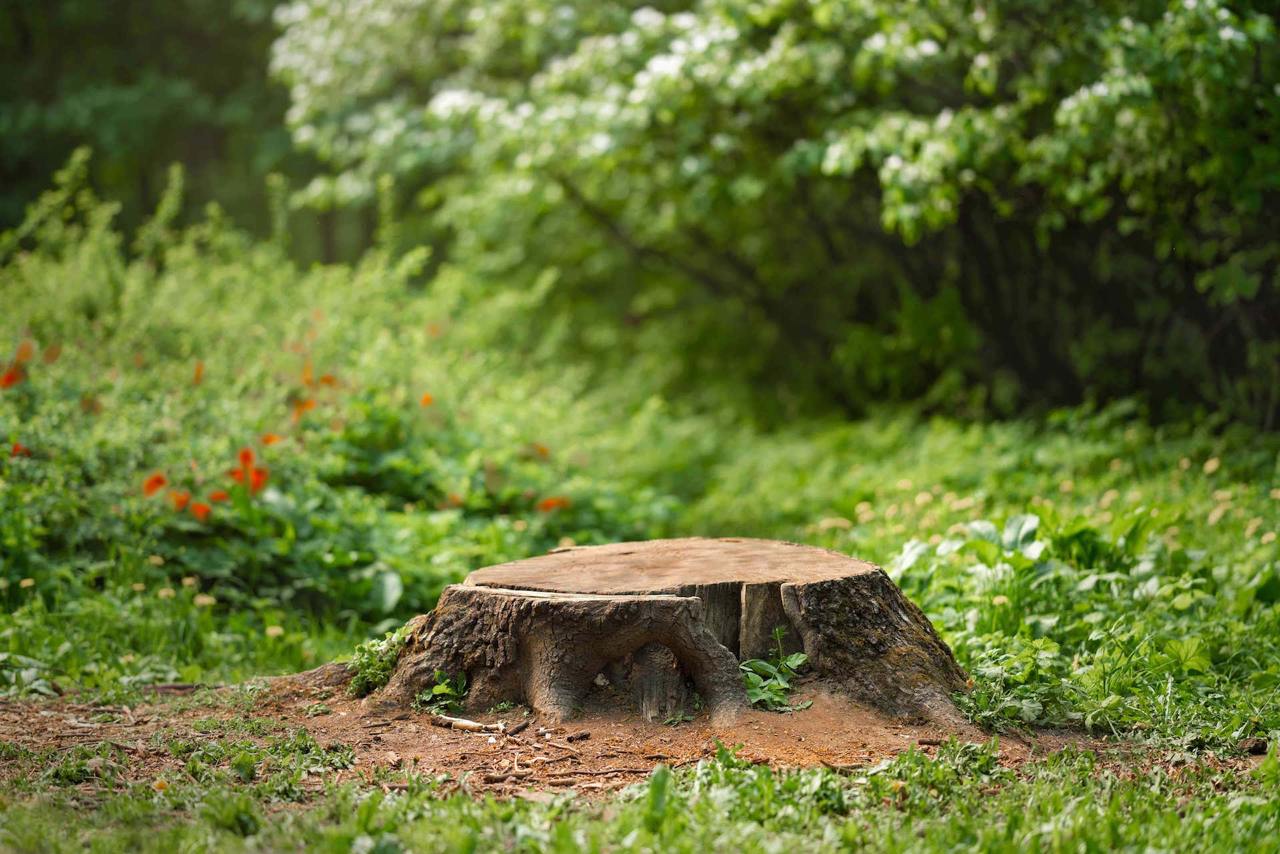
From Seedlings to Giants: Nurturing Young Trees for Future Growth Oct 08, 2025
To begin, choosing the right tree species for your location is paramount. Consider factors such as climate, soil type, and space availability when selecting trees. Native species often adapt better to local conditions and require less maintenance, making them a wise choice for long-term success. Once your selections are made, it's time to plant them correctly.
Planting a young tree correctly involves several key steps. Start by digging a hole that is two to three times wider than the tree's root ball but no deeper than its height. This allows roots to spread out easily as they grow. Position the tree in the center of the hole, ensuring the root flare is at ground level - this is where the trunk expands at the base before the roots begin. Fill the hole with the original soil, and water thoroughly to remove any air pockets.
After planting, your attention should shift to consistent care. Watering is crucial, especially for newly planted trees. Ensure the soil remains moist but not waterlogged. Generally, young trees require about an inch of water weekly, which may need adjusting based on rainfall and temperature. During dry spells or unusually hot weather, increase watering frequency to prevent the tree from drying out.
Mulching is another essential practice. Apply a 2-3 inch layer of organic mulch, such as wood chips or bark, around the base of the tree, extending to the drip line. Mulching helps retain moisture, regulates soil temperature, and reduces competition from weeds. Remember to keep mulch a few inches away from the trunk to prevent rot.
Pruning young trees is vital to establish a strong structure and encourage balanced growth. The best time for pruning is late winter or early spring before new growth begins. Remove any dead, damaged, or crossed branches, and ensure the tree maintains a single dominant leader, or main trunk.
Monitoring for pests and diseases is also part of nurturing young trees. Inspect leaves, branches, and trunks regularly for signs of trouble such as discoloration, unusual growths, or holes. Early detection allows for swift intervention, often preventing more severe damage. Lawn Ranger Yard And Tree Service LLC can assist with professional assessments and treatments if required.
Fertilizing young trees can support growth, but it’s essential to do it correctly. Use a slow-release fertilizer specifically designed for trees, and apply it according to label instructions. Over-fertilizing can harm your tree, so less is often more.
As your trees grow, periodic evaluations are essential to adjust care as needed. Pay attention to their form and make corrections with careful pruning to prevent future branch failures. Sharing this care over several years will ensure your seedlings grow into the giants you've envisioned.
Remember, healthy trees are a long-term investment. By focusing on their needs from the start, you'll enjoy the benefits of mature trees, from shade and home cooling to supporting local wildlife. Should you need guidance with planting or maintenance, Lawn Ranger Yard And Tree Service LLC is here to help with expert tree services tailored to your landscape's needs. Embrace the journey from seedlings to giants, and watch your landscape flourish.
/filters:no_upscale()/media/e2b6ae5e-1ad7-4267-9c02-5fb3ac23b3bd.jpeg)
/filters:no_upscale()/filters:format(webp)/media/4ac9a26a-061e-4eb6-b08e-f4867be7887c.jpeg)